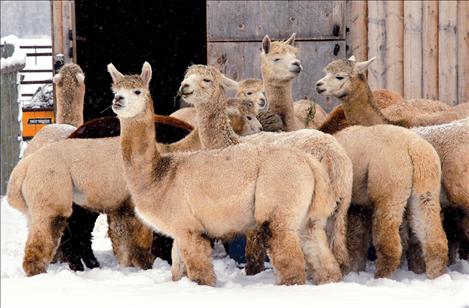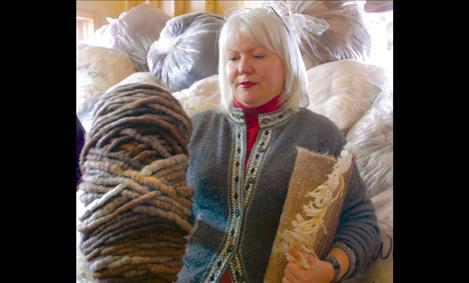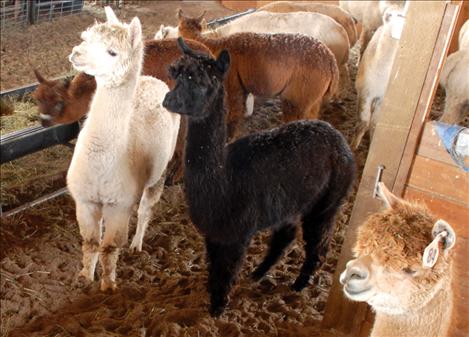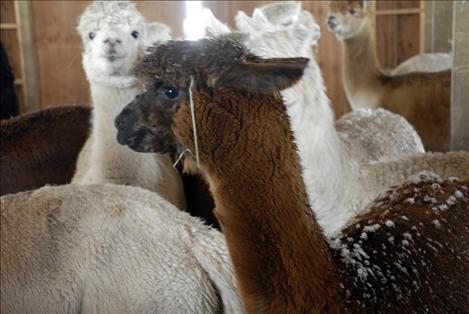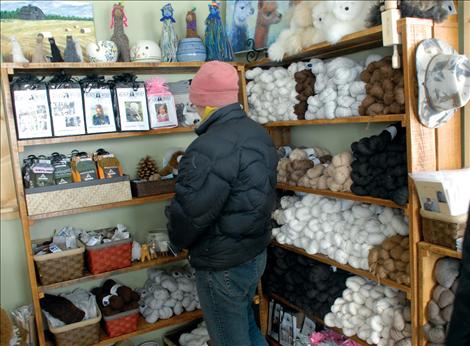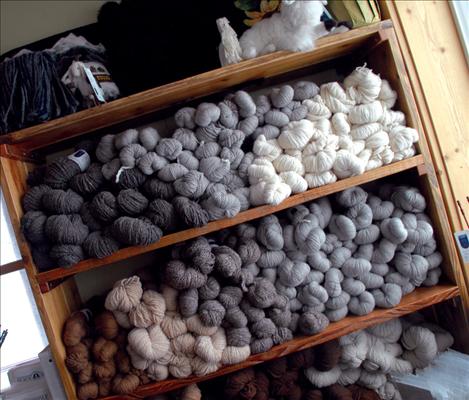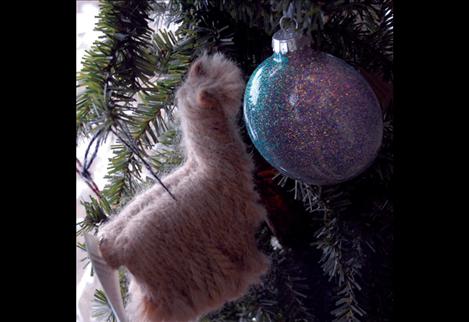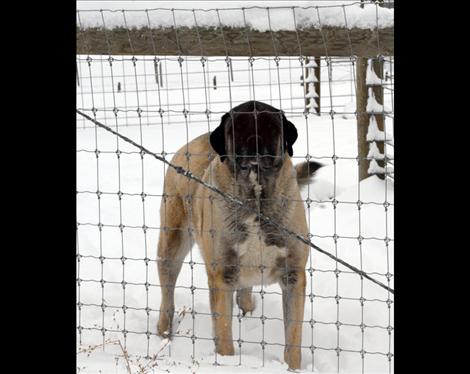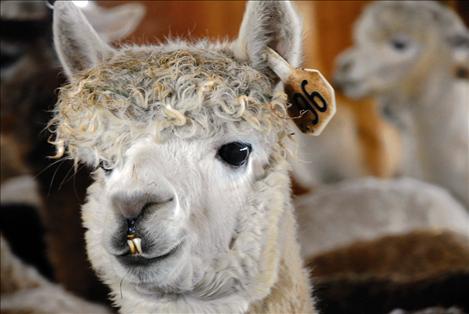Versatile, varied: Multifunctional ag class visits alpaca ranch
Hey savvy news reader! Thanks for choosing local.
You are now reading
1 of 3 free articles.
With fluffy bangs, long eyelashes and fuzzy bodies, alpacas look a bit like teddy bears — or at least huacaya alpacas do.
The Peruvian animals greeted folks who arrived at Black Wolf Ranch, the site of last week’s Multifunctional Agriculture Class offered by the Community Food and Agriculture Coalition and Lake County Community Development.
There are two kinds of alpacas — huacaya and suri. About 90 percent of all alpacas in the United States are huacayas. The difference is in their fleece: huacaya fiber is dense, crimped, wooly and waterproof; Suri fiber is very fine and grows parallel to the animal’s body in long separate strands.
Alpacas are grazers, eating grass and other vegetation and hay in the winter. In color, they range from black to white and mahogany, in 22 natural shades.
Bret and Wendy Tyler have raised alpacas since 2000, and have lived in the St. Ignatius area for nine years.
“Alpacas have a nice disposition. They are not as aggressive as llamas,” Wendy said. “They are all curious.”
The Tyler’s Black Wolf Ranch is home to 172 alpacas, with 30 or so due to produce crias this year. A cria is a baby alpaca.
The Tylers raise the alpacas, shear their coats, clean the fleeces and then ship the fluffy stuff off to be milled into rug and knitting yarn and roving. In their store at Black Wolf Ranch, the Tylers sell the finished yarn, scarves, socks and other clothing items made from alpaca yarn. They also sell alpaca gift items, such as tiny alpacas to decorate a Christmas tree and books about alpacas.
Wendy would like to be able to mill the wool they produce, and that’s what brought her to the Multifunctional Agriculture Class.
The course presents a variety of proven multifunctional farm examples, assists course participants with clarifying their vision and developing a plan, and connects participants to resources in the region to grow their enterprises.
The Tylers hosted the third class Jan. 30 at in a cabin they rent out to guests.
The class drew a variety of participants, including photographers, permaculturists, farmers, alpaca ranchers, not-for-profit workers and gardeners.
Participants were offered resources and ways for an entrepreneur or businessperson to get the news out about his or her business. Speakers included Norma Nickerson, director of the Institute for Tourism and Recreation; Victor Bjornberg, Montana Department of Tourism; Ben Ferencz, The Design Cooperative; Marcy Allen, the Bitteroot Economic Development District; Shay Farmer, Mission Mountain Food Enterprise Center and Andrew Malucelli, Natural Resources Conservation Services.
Nearly all the speakers said Montana is a powerful marketing tool.
Among much data and information from the speakers, Nickerson noted that Yellowstone National Park and Glacier National Park are draws for nearly 80 percent of the people her group surveyed, so being on the route to those areas is a definite business advantage.
Her website at www.itrr.umt.edu is a treasure trove of data.
The Montana Department of Tourism is the marketing arm of the state and is funded by a lodging tax, Bjornberg said. Many opportunities exist for no or low cost marketing, such as VisitMT.com.
Ferencz talked to the class about branding and marketing.
One thing he has learned during his 20 years in Montana is that “It’s easier to make money in Montana on people who don’t live in Montana.”
Ways to get a product or a service in front of people can be done with social media tools, which are free, he said. Twitter has 200 million users, and 800 million people use Facebook.
“You want to communicate with someone as if you were at a dinner party,” Ferencz said. “Everything is so visual,” he added, making his point for a website and a logo.
For more information on future classes, contact Bonnie Buckingham, Community Food and Agriculture Coalition, (406) 880-0543, or email bonnie@missoulacfac.org.















